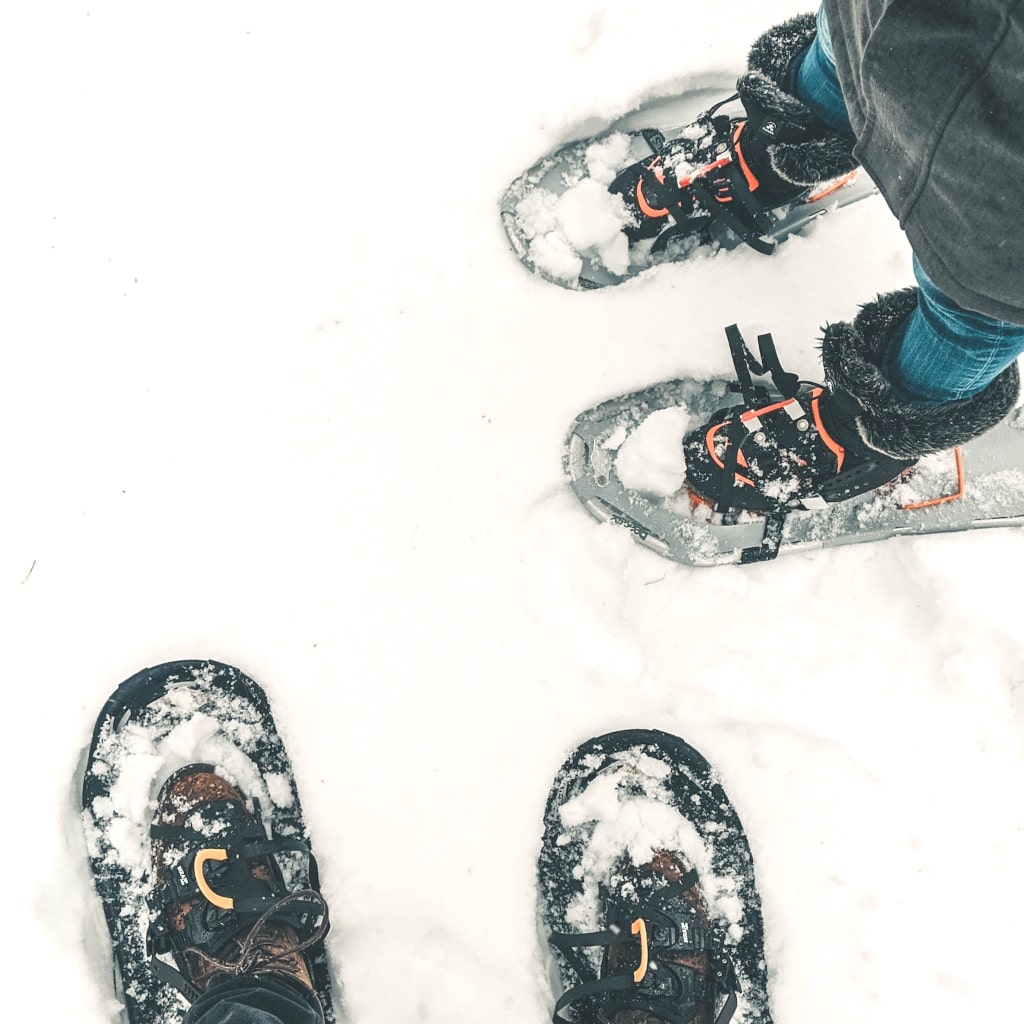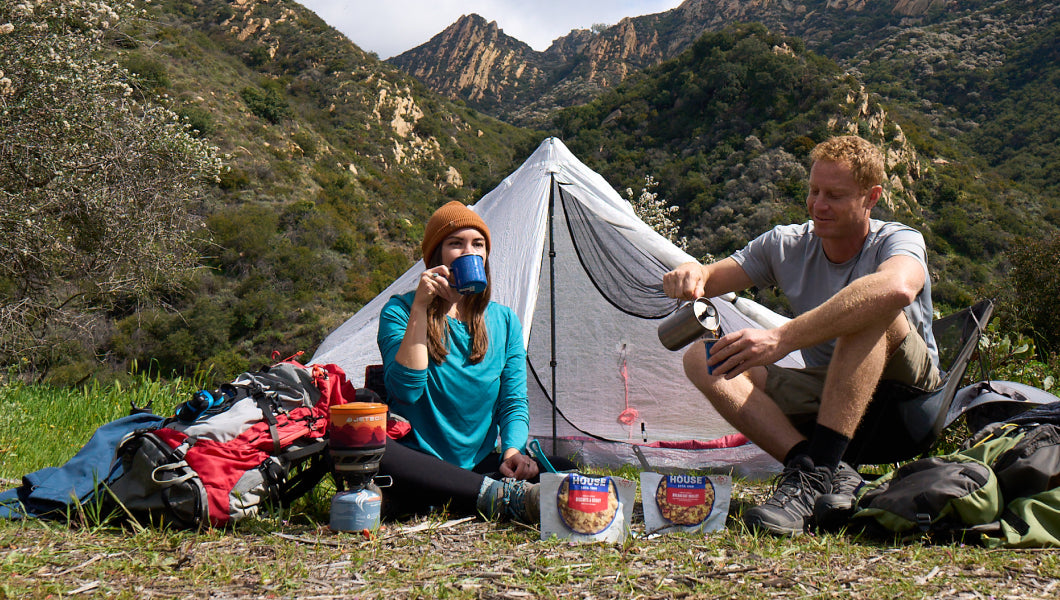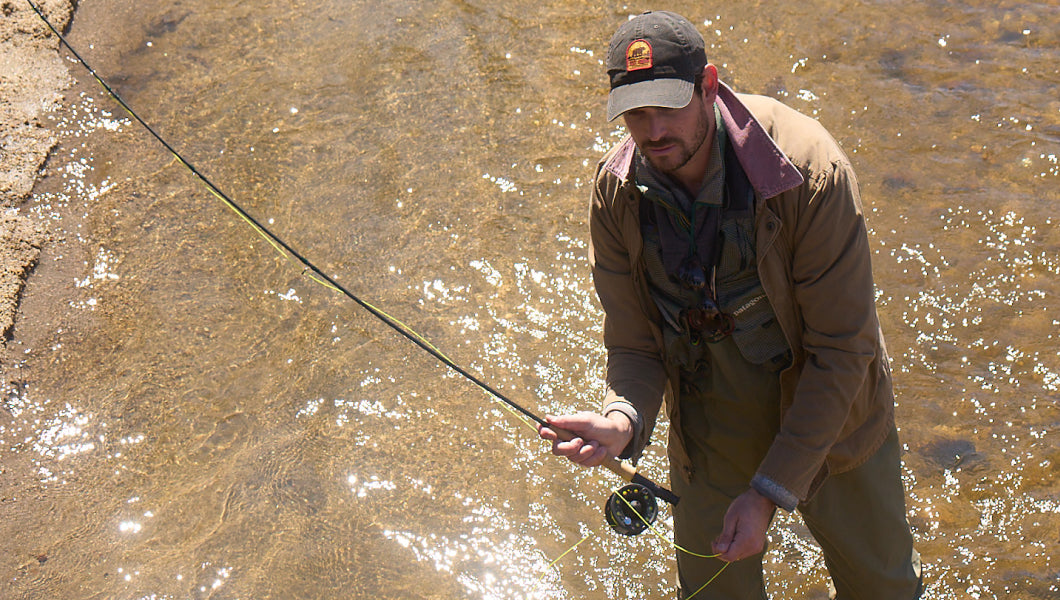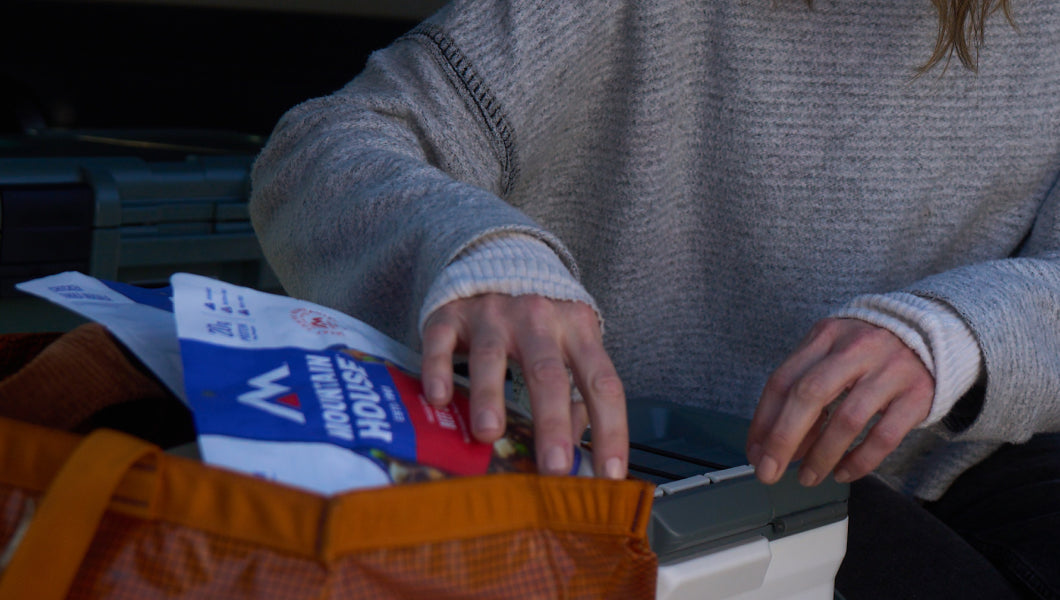Inspired for an Adventure? Check out Beef Stroganoff - Pouch and Beef Stew - Pouch
Free Ground Shipping On All Orders
Over 2,100 Reviews
Add description, images, menus and links to your mega menu
A column with no settings can be used as a spacer
Link to your collections, sales and even external links
Add up to five columns
Add description, images, menus and links to your mega menu
A column with no settings can be used as a spacer
Link to your collections, sales and even external links
Add up to five columns

Backcountry Skiing 101
If you’ve watched a ski movie recently (like Rogue Elements or Line of Descent), you’ve probably seen the epic shots that are the bread and butter of the ski film industry: pro athletes unloaded on an Alaskan massif to shred down spines and couloirs to the valley below. While most of us may never ski lines like that, it doesn’t mean we can’t enter into the world of backcountry skiing and go at our own pace. Here are some tips to get you started:
Get Educated
One of the most important aspects of being a backcountry user is being a knowledgeable backcountry user. Learning how to identify and avoid a terrain trap is essential when navigating snowy terrain. Taking an avalanche awareness course through will not only benefit you, but also your partners and other users in the backcountry.
Study Up
Grab a map from REI or your local gear store. Study the topographic lines. If you don’t know what they mean, watch a quick video on YouTube to better understand. Map out your ideal tour and see if you’ll cross underneath steep slopes. Remember: it’s not only being aware about yourself triggering a slide, but also what can trigger above you.
Get Outfitted
Yes, backcountry gear is an investment. Besides having an entirely different ski set-up from the traditional alpine, it’s also essential to invest in a beacon, probe, and shovel: the three necessary items for avalanche rescue.
Learn to Layer
Unlike resort skiing, backcountry skiing requires two different outfits: minimal and wicking for the skin up, and insulated and protected for the ski down. Skinning up is an intense workout, similar to hiking straight uphill, so fewer layers are required. However, depending on weather, you might need an 850-fill down jacket to ski down.
Pack More Food Than You Think You’ll Need
Skinning up trails in the backcountry burns nearly 700 calories an hour. Not only is it essential to pack food to make up for that deficit (like chowing down on our Breakfast Skillet at the trailhead), but it’s also smart to have survival food in case mountain weather changes.
Pro-tip: Put Your Weight in Your Heels

When it comes to backcountry technique, skinning is an entirely new beast. Learning to walk on two long wooden planks isn’t second-nature, and definitely requires some effort. It’s important to keep weight in your heels, especially on steeper inclines. More surface area means more traction on the snow.
By no means is this a comprehensive guide to backcountry skiing, and users heading into the backcountry should know about the many risks involved in backcountry winter travel. AIARE has an entire resource library for anyone interested in learning more about avalanche safety and awareness.

A Beginner’s Ice-Climbing Guide: How to Get Started

15 Best Places To Go Snowshoeing in North America This Winter


Stay Hungry for Adventure
Sign Up for Delicious Outdoor Meals & Exclusive Offers!


Join the adventure
©2024 Mountain House — All Rights Reserved.
Your Cart is Empty
Continue ShoppingYour Cart
Subtotal
$0.00
EXPRESS PAYMENT METHODS AVAILABLE IN CHECKOUT
Taxes and Shipping Calculated at Checkout














